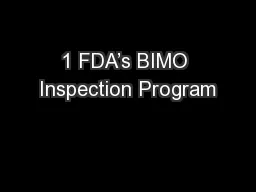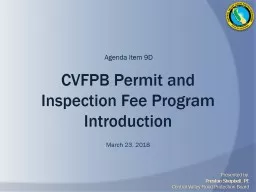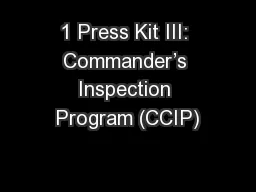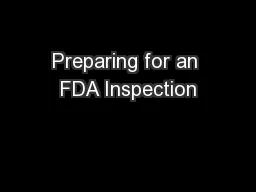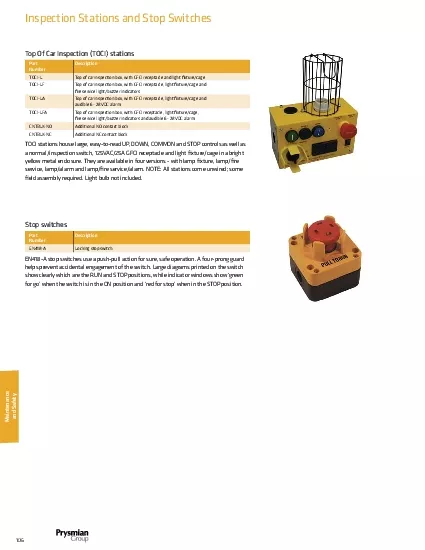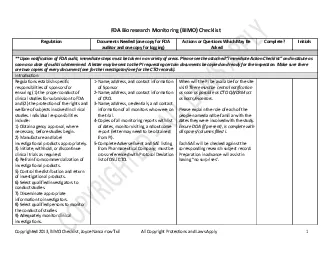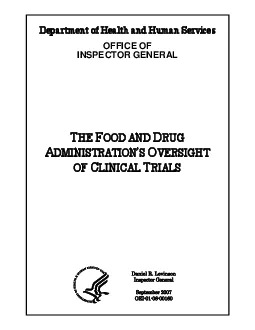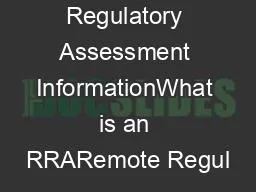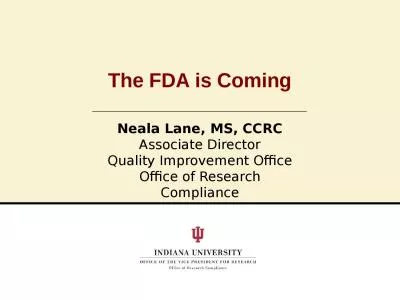PPT-1 FDA’s BIMO Inspection Program
Author : olivia-moreira | Published Date : 2016-04-18
and IRB Inspections VA IRB Chairs Meeting August 2012 Janet Donnelly RAC CIP Office of Good Clinical Practice Office of the Commissioner Food and Drug Administration
Presentation Embed Code
Download Presentation
Download Presentation The PPT/PDF document "1 FDA’s BIMO Inspection Program" is the property of its rightful owner. Permission is granted to download and print the materials on this website for personal, non-commercial use only, and to display it on your personal computer provided you do not modify the materials and that you retain all copyright notices contained in the materials. By downloading content from our website, you accept the terms of this agreement.
1 FDA’s BIMO Inspection Program: Transcript
Download Rules Of Document
"1 FDA’s BIMO Inspection Program"The content belongs to its owner. You may download and print it for personal use, without modification, and keep all copyright notices. By downloading, you agree to these terms.
Related Documents

